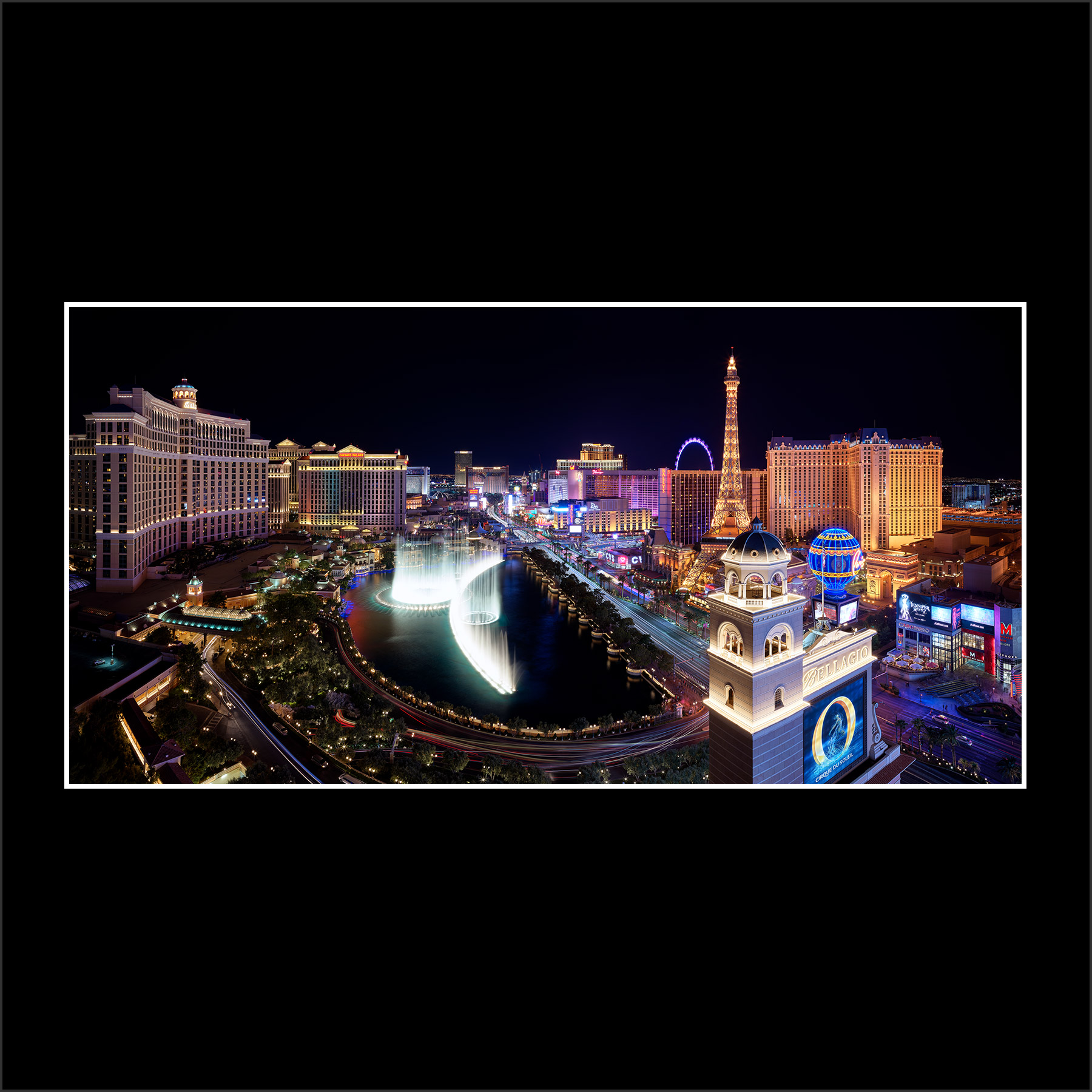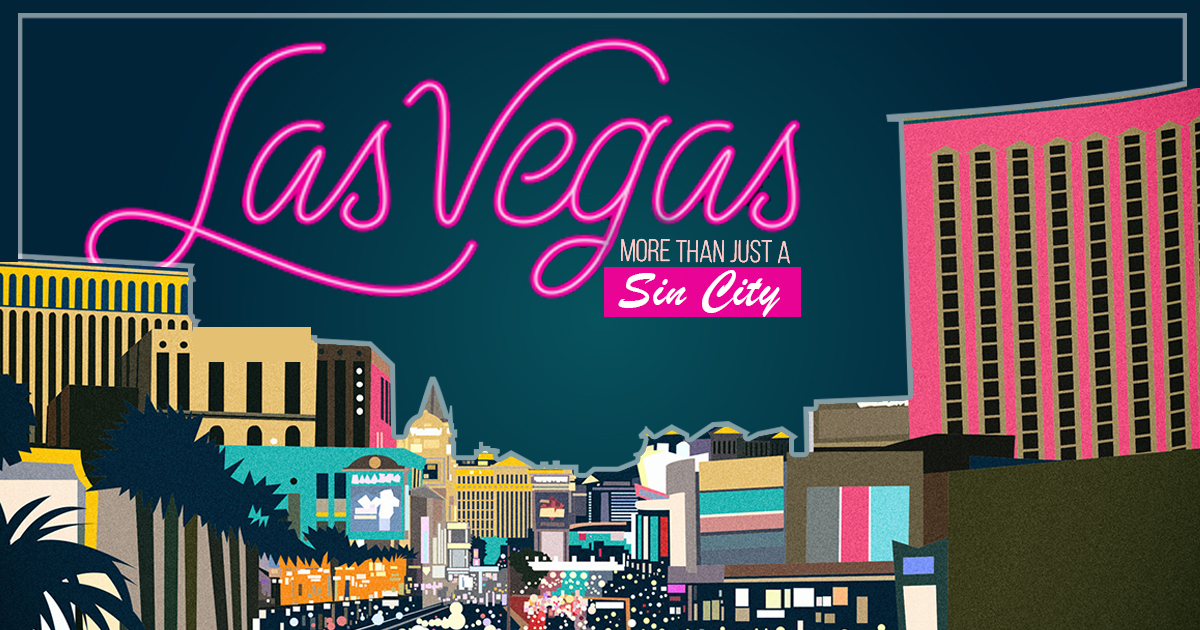Las Vegas Known As Sin City
Las Vegas is often referred to as Sin City because of its numerous adult attractions, which some may see as immoral, or sinful. This city, located in Nevada, is one of the most-visited cities in the world. It has numerous venues for adult entertainment, including gambling. Sexual services and adult beverages also are available most of the time. Las Vegas was also considered to be a city under mob rule at one time.
- Las Vegas Nevada, also known as Sin City, is a 1-stop wonderland for any adult with a taste for adventure. With an abundance of casinos, bars, and brothels.
- A still illegal activity in many parts of the world, gambling has been legal in the state of.


Millions of people visit Sin City each year. Although there are some family friendly attractions in this city, most sites are geared toward the adult visitors. The majority of these activities are considered to be immoral by many.
Las Vegas is probably most known for gambling and betting, which may thought of as sinful. Dozens of casinos and casino-hotels operate in Las Vegas. Las Vegas Boulevard, commonly referred to as the Las Vegas strip, or the strip, is where many of the flashier and best known casinos operate. These are often open and full of patrons around the clock.

It is this Las Vegas, the flashy playground unofficially known as “Sin City,” that the American novelist and essayist Joan Didion once termed Paris Las Vegas Hotel and Casino A replica of the Eiffel Tower at the Paris Las Vegas Hotel and Casino. Geoff Tompkinson/GTImage.com (A Britannica Publishing Partner).
Lust is considered to be another sin, and in Sin City there are several ways to satisfy one's lust. Gentlemen's clubs, better known as strip clubs, in Las Vegas are often frequented by both men and women. In these clubs, patrons can watch, and sometimes participate, as male or female dancers seductively disrobe.
Prostitution is also not uncommon in Sin City. Although it is illegal in Las Vegas, prostitutes can be often be found walking down the street. They can also be found soliciting clients in massage parlors, casinos, bars, and hotels.
Nevada is the only state in the United States where prostitution is legal. Only certain counties, however, allow this, and Las Vegas is not in one of these counties. Many of the brothels are located in the empty Nevada desert, just a short trip from Sin City.
Alcoholic beverages can also be found fairly easily in Sin City. Nearly every hotel and casino has a bar. Many casinos even serve free drinks to those who are gambling. Drinking establishments can also be found outside of the casinos.
Along with its many other vices and sins, the history of Las Vegas history also is linked to organized crime. For a good part of the 20th century, there was an abundance of mob activity. Many of the major hotels and casinos were started or run by infamous mobsters. Frank Detra, friend to Al Capone, started one of the very first Las Vegas casinos on the strip, for instance. Benjamin 'Bugsy' Siegel, Lucky Luciano, and Meyer Lansky were a few more infamous mobsters involved in the development of Sin City.
Near the end of the 20th century, however, city officials began trying to clean up the city. Their goal was to shed the Sin City image and make more families want to visit. The mission was partly successful, but since then, marketers have given up on the family image. Instead, Las Vegas is advertised as a place where adults can have fun and sin a little.
- Landscape
- Economy
- Administration and society
- History
Our editors will review what you’ve submitted and determine whether to revise the article.
Join Britannica's Publishing Partner Program and our community of experts to gain a global audience for your work!Las Vegas, city, seat (1909) of Clark county, southeastern Nevada, U.S. The only major city in the American West to have been founded in the 20th century, Las Vegas grew from a tiny, desert-bound railroad service centre at the outset of the 20th century to the country’s fastest-growing metropolis at century’s end. This transformation—made possible by a combination of shrewd entrepreneurship, access to water, an extensive transportation network, and permissive state laws—has created the city now often known simply as “Vegas,” a place of vast casinos, elaborate hotels, and spectacular entertainment venues that attracts masses of visitors from throughout the world.
Las Vegas is Nevada’s economic centre and largest city. Its metropolitan area, with more than twice the number of people outside the city limits as within them, contains roughly three-fourths of the state’s population. Area 83 square miles (215 square km). Pop. (2000) 478,434; Las Vegas–Paradise Metro Area, 1,375,765; (2010) 583,756; Las Vegas–Paradise Metro Area, 1,951,269.
Character of the city
Las Vegas is a place of million-lightbulb signs and fantastic architecture, of readily visible wealth and carefully hidden poverty. It is a place of superlatives, both positive and negative. Within the city stand the largest glass pyramid in the world; one of the largest hotels in the country, with more than 5,000 rooms; and one of the most expensive hotels ever constructed, the Bellagio. The area along Las Vegas Boulevard and its adjoining near-downtown streets—the famous “Strip”—is the “City Without Clocks,” whose multibillion-dollar economy is devoted to servicing a wide array of impulses and addictions of many kinds. It is this Las Vegas, the flashy playground unofficially known as “Sin City,” that the American novelist and essayist Joan Didion once termed

the most extreme and allegorical of American settlements, bizarre and beautiful in its venality and in its devotion to immediate gratification.
Downtown Las Vegas is built to serve not residents but guests—tens of millions annually. Once derided as a cultural backwater, Las Vegas has evolved into an economic power that outstrips the output of whole countries. It is one of the country’s leading vacation destinations, drawing far more tourists than the Grand Canyon or Yellowstone National Park.
Beyond the bright lights of the Strip, however, lies a perfectly ordinary Western city, with neighbourhoods, churches, shopping centres, and strip malls. It is that city, and not the hotels and casinos, that draws thousands of new residents each year. This growth, coupled with its unusual economic basis, has made Las Vegas one of the wealthiest cities in the country, but it has also brought problems to the area. Las Vegas is among the country’s leaders in personal and property crimes, as well as suicide rates, alcohol consumption, and illegal drug use. The city also suffers the modern urban ills of air and water pollution, and the roads are choked with increasingly heavy traffic as new suburbs spring up in all directions.
Landscape
City site
Las Vegas Sin City Hostel

Las Vegas’s historic core lies at a site once occupied by marshes, freshwater springs, and grassy meadows (hence the city’s name; vegas is Spanish for “meadows”), long since covered by streets, buildings, and parking lots. The modern-day city sprawls across a broad, arid valley at an elevation of roughly 2,000 feet (610 metres). The valley fans out eastward from the picturesque, pine-clad Spring Mountains, whose highest point, Charleston Peak, rises above 11,910 feet (3,630 metres). To the north lie three lower ranges, the Pintwater, Spotted, and Desert mountains, and to the east are the McCullough and Sheep ranges. A wide pass between those two ranges leads to Hoover Dam and Lake Mead, the huge reservoir on the Colorado River impounded by the dam; Las Vegas Wash, the valley’s major drainage, leads through this route.
Surrounded by mountains, the Las Vegas Valley is a basin that collects the scant rainwater and snowmelt that reach it. Underlying that basin is a series of aquifers that once led out into small springs near the site of what is now the downtown area. These springs, most of which have dried up because of excessive groundwater pumping, historically flowed into the Colorado River toward the Pacific Ocean. The southern limit of the Great Basin reaches to just 15 miles (24 km) north of Las Vegas; its waters, which have no outlet to the sea, disappear into a vast inland desert.
Vegas Sin City
The Las Vegas Valley is ecologically part of the Mojave Desert, whose characteristic plant is the Joshua tree. The smallest of the North American deserts, the Mojave supports significant human settlement only in the Las Vegas area and at a few points along the Colorado River. More than four-fifths of the city’s water supply comes from the Colorado River at Lake Mead. The remainder is pumped from underground aquifers. As more water has been removed from these aquifers, the sandy soils have subsided, leading to fissuring and structural damage of the surface and the formation of large sinkholes. These fissures are compounded by the damage caused by occasional earthquakes; the Las Vegas Valley, particularly its northwest quadrant, lies in an active fault zone.